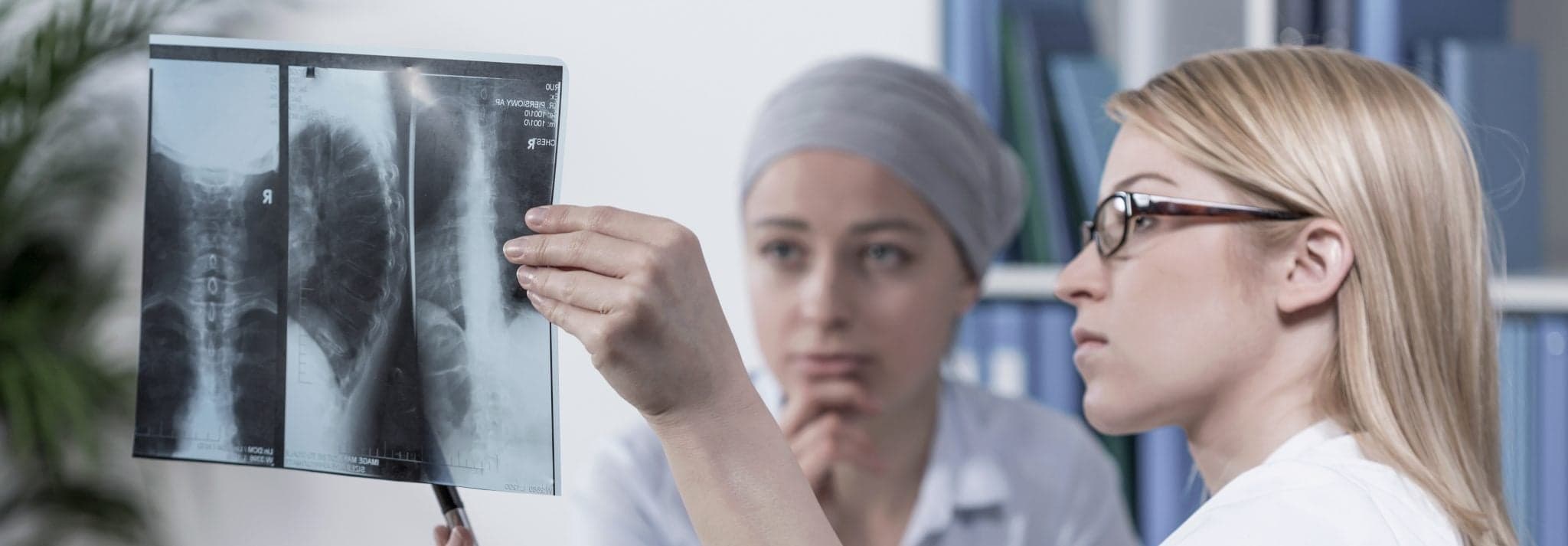
2025-05-07T13:59:05
Defying the Odds: How Revere Health Helped One Utah Woman Afford Live-Saving Cancer Treatment
- Cancer Center
- Medical Oncology
- Patient Testimonials
April 13, 2017 | Cancer Center • Hematology-Oncology
Specialties:Hematology-Medical Oncology

Chemotherapy, commonly called “chemo”, is a systemic treatment that involves the use of chemicals (medication) to treat a disease. Although it can be used to treat a variety of diseases like lupus or rheumatoid arthritis, chemotherapy is usually used to treat cancer.
Your doctor may use chemotherapy in conjunction with radiation or certain surgical procedures to treat cancer, two treatments that target only specific areas of the body. Chemotherapy, however, affects the entire body, which makes it a good treatment option for cancers that spread, or metastasize.
There are three goals of chemotherapy treatment:
There are several different kinds of chemotherapy medications, and you’ll consult with your doctor about which one (or combination) is right for you. Your doctor will look at different factors to make this decision:
Once your doctor has decided which medications are suitable for you, he or she will finalize your dosage and schedule. Dosage decisions are made based on a variety of factors, including:
It’s important to follow your recommended schedule, although there may be times where side effects or other factors might require a change in your plan. Discuss any side effects you experience with your doctor.
Where you receive chemo treatment depends on the medications you’re taking, hospital policies, your insurance and the doctor’s recommendation (your own preference is also considered). Possible locations include:
There are several different methods for administering chemotherapy:
The length of your treatment depends on a variety of factors that your doctor will discuss with you. Before your first treatment, make sure to eat something and bring a small snack or meal if you know you’ll be undergoing treatment for multiple hours. Additionally, you may want to take a few basic precautions to keep you and your loved ones safe during your treatment.
Because chemotherapy is a systemic treatment, it may also affect healthy cells in the body, causing side effects. Not everyone experiences side effects with the same severity or frequency, and your doctor can help prescribe medications to manage many of them.
The list of potential side effects can be daunting, but many of these can be reduced or prevented with the right medications and healthy habits. Speak to your doctor if you notice any of the following symptoms during or after chemo treatment:
For more information on chemotherapy, or for help understanding your diagnosis and treatment plan, contact your healthcare provider.
*Note: No two cancer cases are alike. None of the statements herein are designed to suggest a “one size fits all” approach, and each case will be evaluated individually.
“Chemotherapy.” American Cancer Society. https://www.cancer.org/treatment/treatments-and-side-effects/treatment-types/chemotherapy.html
“What is Chemotherapy?” Chemotherapy.com. http://www.chemotherapy.com/new_to_chemo/what_is_chemo/
WRITTEN BY:
The Live Better Team

2025-05-07T13:59:05

2024-08-13T14:52:39

2023-03-27T14:47:45

2021-11-29T16:31:04
This information is not intended to replace the advice of a medical professional. You should always consult your doctor before making decisions about your health.